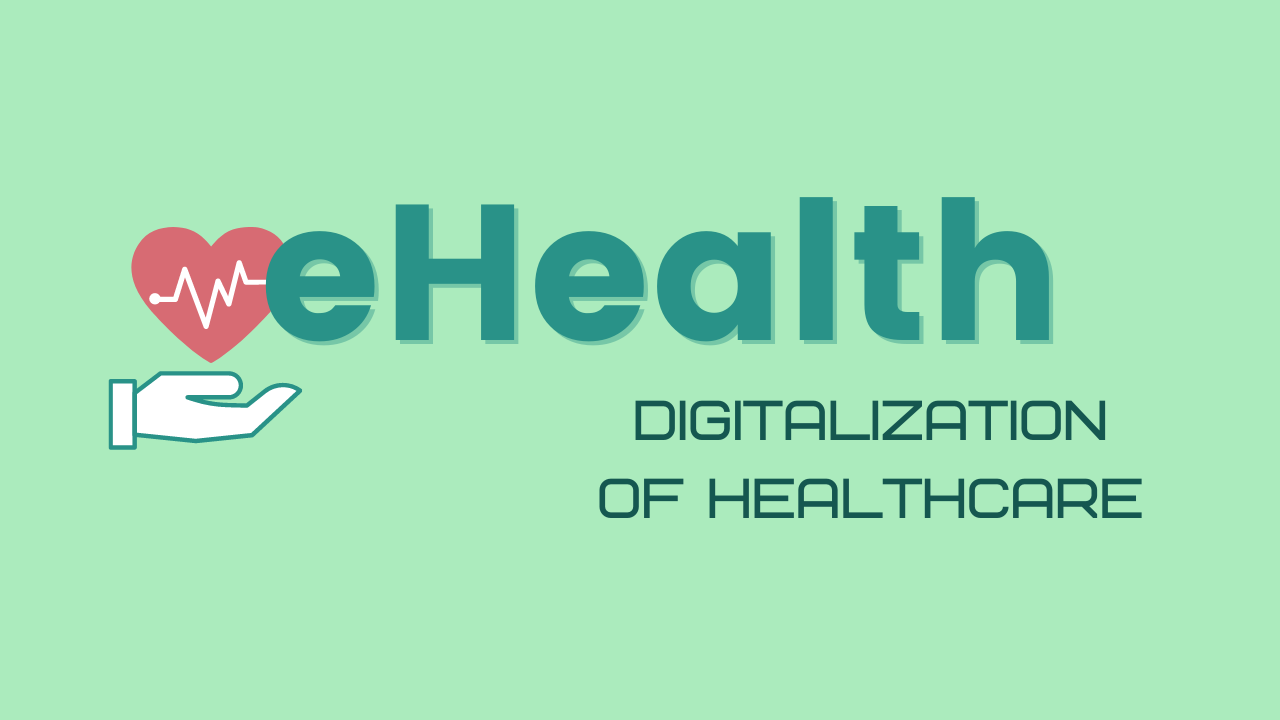eHealth
Wiki Article
eHealth
Overview
eHealth, often known as digital well being or Health care technological innovation, refers to the utilization of Digital conversation and knowledge engineering during the Health care field. It encompasses an array of systems and applications aimed toward improving the effectiveness, success, and top quality of Health care delivery.
Goals of eHealth
The leading objectives of eHealth might be summarized as follows:
Enhanced Access to Healthcare: By leveraging electronic systems such as telemedicine and remote individual checking, eHealth aims to improve access to healthcare products and services for individuals living in remote regions or with confined mobility.
Enhanced Top quality of Treatment: As a result of tools like electronic wellness data (EHRs) and scientific decision assistance techniques (CDSS), eHealth seeks to reinforce the standard of treatment by facilitating exact and well timed information and facts Trade among healthcare experts.
Affected person Empowerment: By delivering clients with use of their professional medical documents, individualized health applications, and on the web instructional resources, eHealth empowers men and women to take an Lively function in handling their own personal health and fitness.
Cost Efficiency: Utilizing digital platforms can help decrease administrative fees linked to paper-based mostly programs when enabling successful coordination involving unique stakeholders in the Health care ecosystem.
Crucial Programs of eHealth
A number of important applications add to accomplishing the aims outlined previously mentioned:
Electronic Health Documents (EHRs):
EHRs are electronic versions of patients' healthcare records which might be conveniently accessed by approved healthcare vendors involved with a affected person's treatment. They supply a comprehensive perspective of the affected person's medical record, lab benefits, medicines prescribed, allergy symptoms, together with other pertinent clinical facts.
Telemedicine:
Telemedicine requires offering healthcare remotely as a result of movie conferencing or telephone phone calls. It enables Health professionals to consult with clients who can not bodily go to hospitals or clinics because of geographical constraints or mobility difficulties.
Mobile Wellness (mHealth) Apps:
mHealth applications are smartphone purposes that offer several Health care solutions, for example monitoring vital indicators, reminding clients to choose medicines, delivering use of health and fitness training resources, and facilitating conversation with Health care vendors.
Distant Client Checking (RPM):
RPM will allow Health care experts to monitor a affected person's crucial symptoms and various health parameters remotely utilizing wearable gadgets or sensors. This enables early detection of health issues and timely interventions.
Well being Info Exchange (HIE):
HIE entails the secure sharing of patient details throughout unique Health care companies, making certain seamless coordination and continuity of care between vendors in various configurations.
Medical Selection Help Methods (CDSS):
CDSS leverage artificial intelligence algorithms to investigate clinical knowledge and aid healthcare professionals in earning proof-based conclusions pertaining to prognosis, therapy plans, drug interactions, plus more.
Overall health Wearables:
These are generally wearable gadgets like fitness trackers or smartwatches which will acquire physiological information on somebody's exercising routines, heart amount patterns, slumber high-quality, and more.
Great things about eHealth
The adoption of eHealth offers several benefits for both of those people today and the general healthcare procedure:
Improved Effectiveness: eHealth streamlines administrative duties by lessening paperwork and enabling the electronic Trade of information between stakeholders involved in client care.
Improved Interaction: Digital wellbeing tools facilitate helpful communication involving patients and their Health care vendors although also endorsing collaboration among diverse experts involved in a individual's procedure strategy.
Entry to Specialised Treatment: Telemedicine allows individuals residing in remote places or underserved communities to refer to with professional doctors who might not be physically current close by.
Well timed Interventions: As a result of distant checking methods or mobile apps that give alerts or reminders for medication adherence or observe-up appointments, eHealth allows prevent problems by facilitating early interventions.
Improved Affected person Outcomes: By delivering easy use of professional medical information online coupled with personalized health guidance, eHealth empowers patients to actively engage in their very own healthcare and manage Serious conditions effectively.
Challenges and Concerns
Though the implementation of eHealth comes along with a lot of Positive aspects, Furthermore, it provides difficulties and concerns that should be resolved:
Privacy and Security: Preserving client knowledge from unauthorized accessibility is a significant worry while in the electronic overall health landscape. Robust stability actions, compliant with related more info privateness rules, should be executed to guarantee info confidentiality.
Interoperability: Different Health care methods and purposes may not normally seamlessly communicate with one another on account of lack of interoperability criteria. Making certain economical exchange of data across platforms is important for complete affected individual care.
Electronic Divide: Not everyone has equal usage of digital technologies or possesses the required electronic literacy expertise demanded for making use of eHealth applications efficiently. Bridging the electronic divide becomes necessary to be certain equitable access to healthcare expert services.
Regulatory Compliance: The dynamic nature of technological innovation normally surpasses existing regulatory frameworks. To completely leverage the many benefits of eHealth although safeguarding client legal rights, regulations want to help keep speed with technological advancements with out stifling innovation.
Conclusion
eHealth plays a pivotal position in modernizing Health care supply by harnessing technology for improved accessibility, top quality of treatment, client empowerment, and value effectiveness. The common adoption of Digital conversation instruments, telemedicine products and services, mobile wellbeing applications, distant checking units, along with other modern alternatives contributes toward a far more linked and individual-centered approach to healthcare provision. Nevertheless, addressing difficulties associated with privacy security, interoperability benchmarks compliance bridging inequality gaps in Online accessibility are critical ways towards acquiring the entire probable of eHealth.
